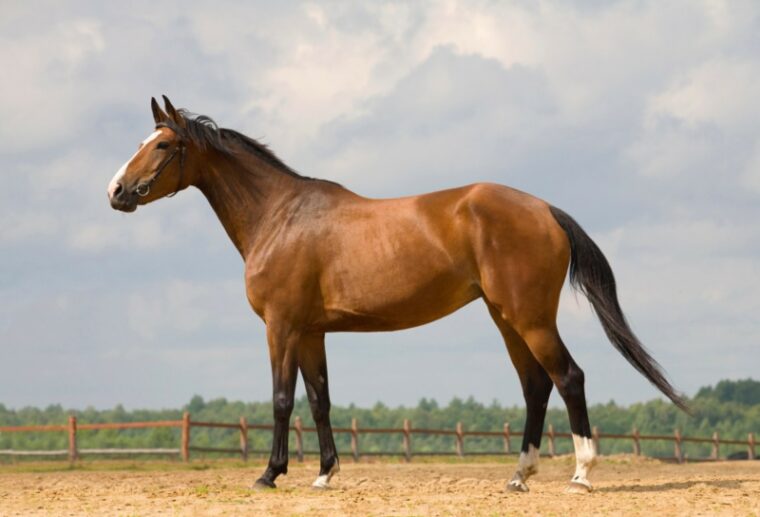
There is no lack of myths about horses. Whether you ride horses or not, it’s pretty much a guarantee that you’ve heard at least one of them. Tradition and folklore are entrenched in the equestrian world, but many of these tales simply aren’t true. Whether it’s misconceptions about the animals themselves or myths passed down about their care, we’re going to break them down and give you the facts!
Top 19 Horse Myths and Misconceptions
1. Horses only sleep standing up
While horses do sleep standing up, they don’t always do so. As prey animals, horses rest standing up to enable them to quickly flee from predators. However, they will lie down when they need deep sleep or REM sleep.
REM sleep is important for proper brain and muscle recovery and immune system recovery. Horses don’t require large amounts of REM sleep, so they don’t have to lie down often. That said, horses that feel safe in their environment will lie down just because they feel like it.
If you spend time around horses, you will notice that they like to lie down in the warm afternoon sunshine. In countries with extreme winter weather, spring is often referred to as “the season of dead horses” because you will find entire herds lying down and enjoying the warm sun. To non-horse owners, their lack of movement makes them appear as though they are dead.
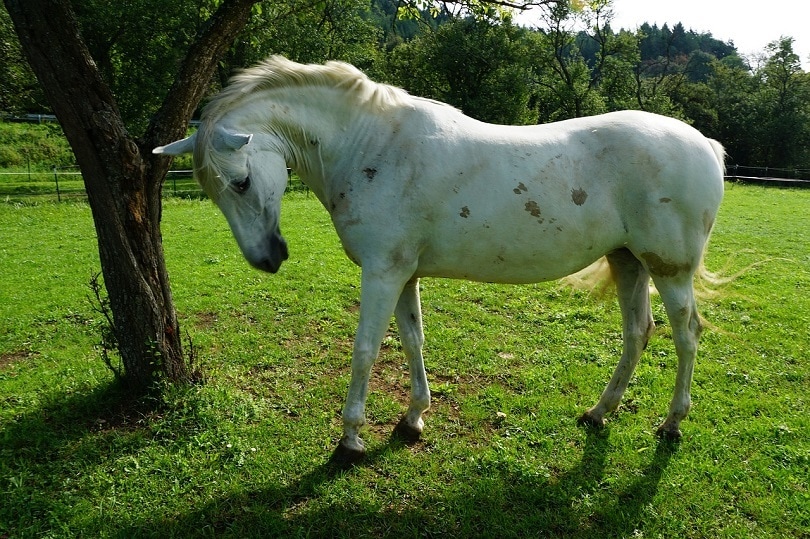
2. Horses communicate through nickering and neighing
Horses do communicate through nickering and neighing, but it isn’t their primary form of communication. They use body language to communicate with each other. As highly social animals, horses “speak” with their eyes, ears, and tails. They communicate with humans this way too.
3. Horses are colorblind
Horses aren’t colorblind; they just see color differently than humans do. While people have four different cells in their retinas that allow them to see four primary colors, horses only have two. This is called dichromatic vision.
Horses can see blue and yellow well, but green or red objects will look like white or grey.
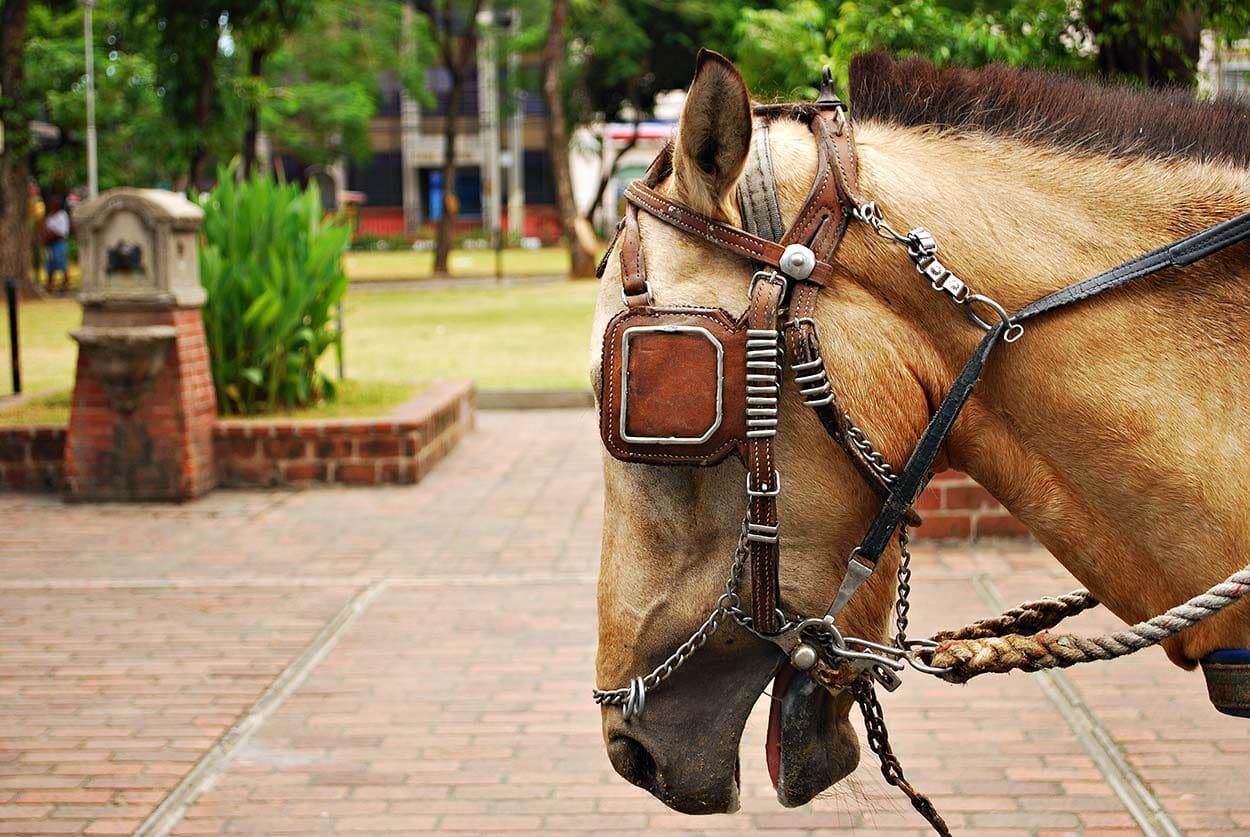
4. Horses are really just “big dogs”
While some horses will loyally follow their owners, this isn’t true for most. Horses and dogs have numerous shared interests, including warm shelter, food, treats, and enjoying their owner’s company. This is true of most domesticated animals.
While dogs are predators and meat-eaters, horses are prey animals and herbivores. Horses also have a herd structure that differs greatly from that of dogs. Many believe that horses are companion animals, but they are, in fact, work animals that are meant to have a “job.”
5. Hot- and cold-blooded horses have different body temperatures
Horses are mammals, which means they are all warm-blooded. “Hot-blooded” and “cold-blooded” aren’t terms used to describe temperature, but rather are descriptions of an individual horse’s personality type.
“Hot-blooded” refers to horses that are easily excited and spirited. In contrast, “cold-blooded” refers to horses with a calm temperament.
Equestrians have several terms like these that can be confusing to non-equestrians. “Green” horses, for example, are horses that are newly started, with little riding experience. Horses that are “lame” are injured or sore in one leg. “Broke” horses aren’t actually broken or poor but are trained to carry a rider.
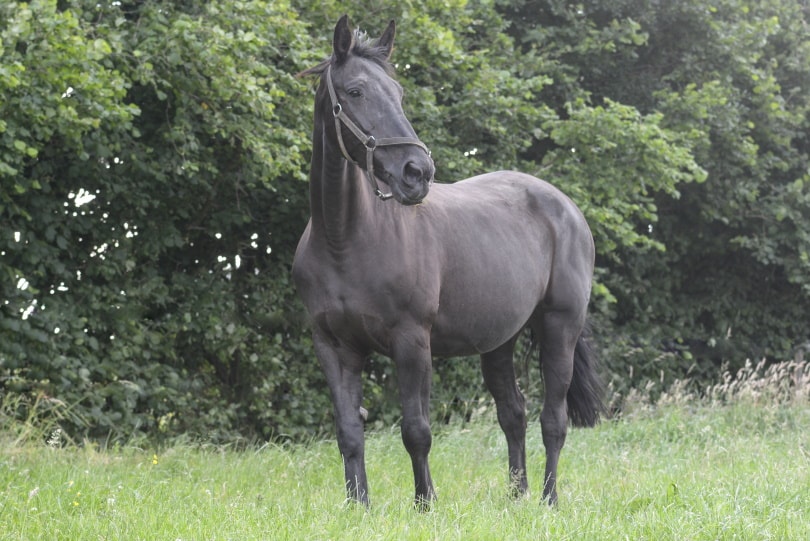
6. Horse’s hooves are solid
While they look solid from the outside, horse hooves are made up of several different layers, each of which has a unique and specific function.
These three bones surround the laminae, which are sensitive layers of tissue carrying blood to all parts of the hoof. Underneath this is something called the digital cushion. This pad of tissue acts as a shock absorber when the horse’s foot makes contact with the ground.
7. Horseback riding is a rich man’s sport
The cost of horses and horseback riding lessons varies depending on where you live, but prices are fairly reasonable for training beginners. Like many other sports, there is certain equipment required. What kind you need depends on whether you’re learning to ride Western or English style. For children, used equipment is fairly easy to come by in order to keep the cost down.
That said, owning a horse has many more costs associated with it than riding at a lesson barn. Shopping around for different barns is important too. Large jumping and dressage barns that high-level coach athletes will naturally be more expensive than those that cater to teaching beginner riding lessons.
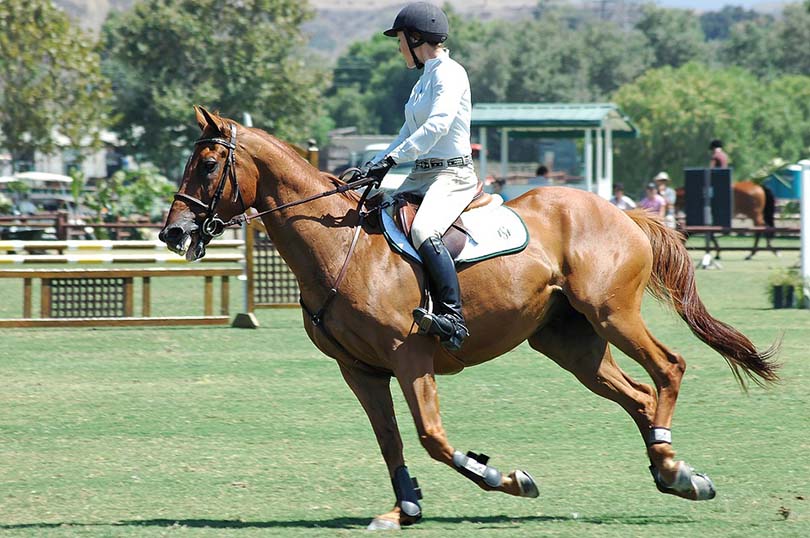
8. The horse does all the work
Experienced horseback riders cringe at this common misconception and for a good reason. Riders do not “just sit” on the horse. Riding is as difficult to learn as any other sport. It requires balance, body control, and strength. If the rider is making it look easy, they’re doing it right.
High-level equestrian athletes put the same amount of blood, sweat, and tears into their sport as any other athlete, and they have to consider the approximately 1,000-pound animal that’s their teammate.
9. Horses laugh and smile
When it comes to our pets, we like to think that they are smiling at us. Horses do exhibit behaviors and facial expressions that can appear as smiles or laughs, but that’s not what they’re doing.
The Flehman response is something that horses do when greeting a person, another horse, or another animal. They twirl their noses and curl up their lips to stimulate the scent glands in their nose. Smell is how they identify you.
When you think that your horse is smiling at you, they’re really just breathing your scent to recognize who you are.
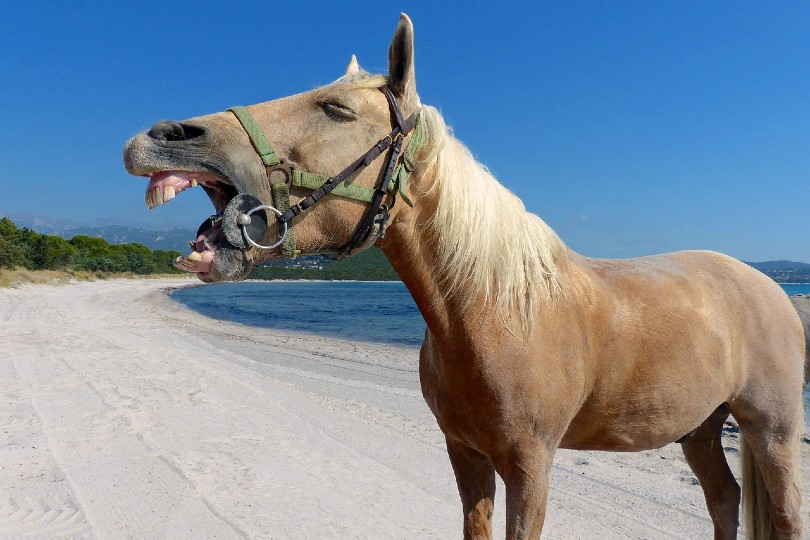
10. Never let a horse with colic lie down
While this old wives’ tale has been passed down through generations of horse owners, there is plenty of evidence that proves it wrong. The term “colic” is used to describe an ailment that causes stomach upset in a horse. The cause can range from mild gas pain to full-on intestinal impaction, and it’s terrifying for horse owners. Some incidences can be fatal if not treated appropriately and efficiently.
Traditional practice for colic has been to walk the horse frequently and keep them upright. But if your horse isn’t distressed, it’s okay to let them lie down quietly. Modern veterinary medicine shows that if your horse is rolling around in pain, it is best to walk them, but not necessarily because it will relieve the colic. Walking will prevent your horse from injuring themselves or going into shock; it will not avoid an intestinal twist, as previously thought.
11. Don’t let horses drink cold water
One common misconception passed down over time is not letting horses drink cold water. While horses won’t love a cold drink after a strenuous workout, there’s little evidence to suggest that they’re harmed by cold water.
Wild horses drink from water sources that are often below freezing, and horse troughs for domestic horses are only heated to slightly above freezing in the winter. Presumably, this misconception is related to post-workout hydration, but regardless, horses don’t develop health problems from drinking cold water.
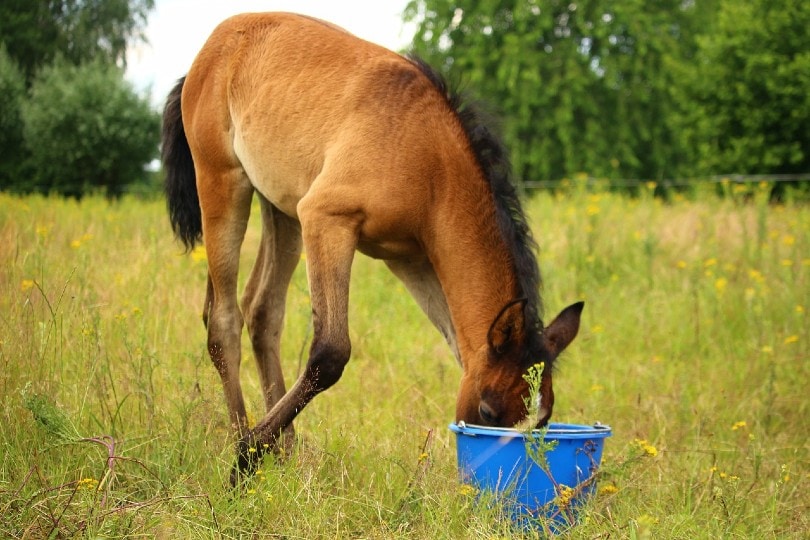
12. Horses aren’t intelligent
Horses are highly intelligent animals. While they don’t have the same cognitive processes as humans (and don’t think like humans), they have extremely good recognition and repetition skills. They can even read human emotions, which makes them excellent therapy animals.
Like most animals, horses have to be trained to understand human commands, but this works both ways. If they could tell us, horses would likely say that they have been training humans to understand them for centuries.
13. Mares are easier to handle
If you are a horse owner, you’re probably laughing at this one, especially if you have experience with a bossy mare. Presumably, this myth is comparing mares and stallions, in which case, there is a bit of truth to it. Stallions can be bold, aggressive, and hard to handle, but this is mostly dependent on the individual horse’s personality and how much handling and training that they’ve received.
Geldings (male horses that have been castrated) tend to be calmer than stallions, but mares can be every bit as feisty as their male counterparts. The idea of mares being timid, amenable creatures is wrong. In most horse herds, it’s the female horses that run the show.
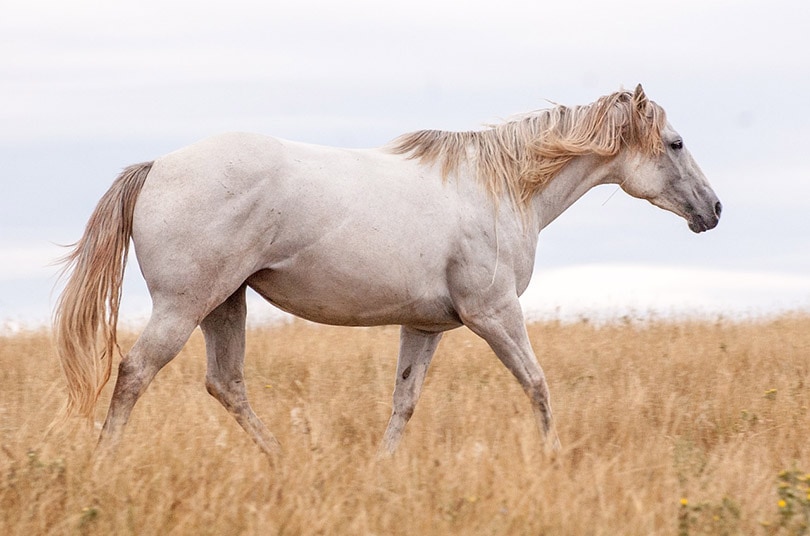
14. All horses need shoes
Some horses need shoes, and some don’t, but the question of whether a horse can stay barefoot or needs shoes isn’t a simple one to answer. Many do fine barefoot, and there are even boots available for occasional trail rides on rocky terrain.
Horses that have health issues related to their feet and legs often need corrective shoeing to keep them sound and comfortable. Performance horses are often shod to prevent them from wearing down their hooves too fast.
15. Behavior modification doesn’t work
There are as many misconceptions about training horses as there are about horses in general. Many believe that training is easy and that behavior modification is junk science. But behavior modification is real science and it does work.
Training methods that include positive or negative reinforcement, habituation, desensitization, and conditioned responses are all methods by which horses learn, and they are also methods of behavior modification. These can be used to train horses in daily interactions or advanced athletic skills.
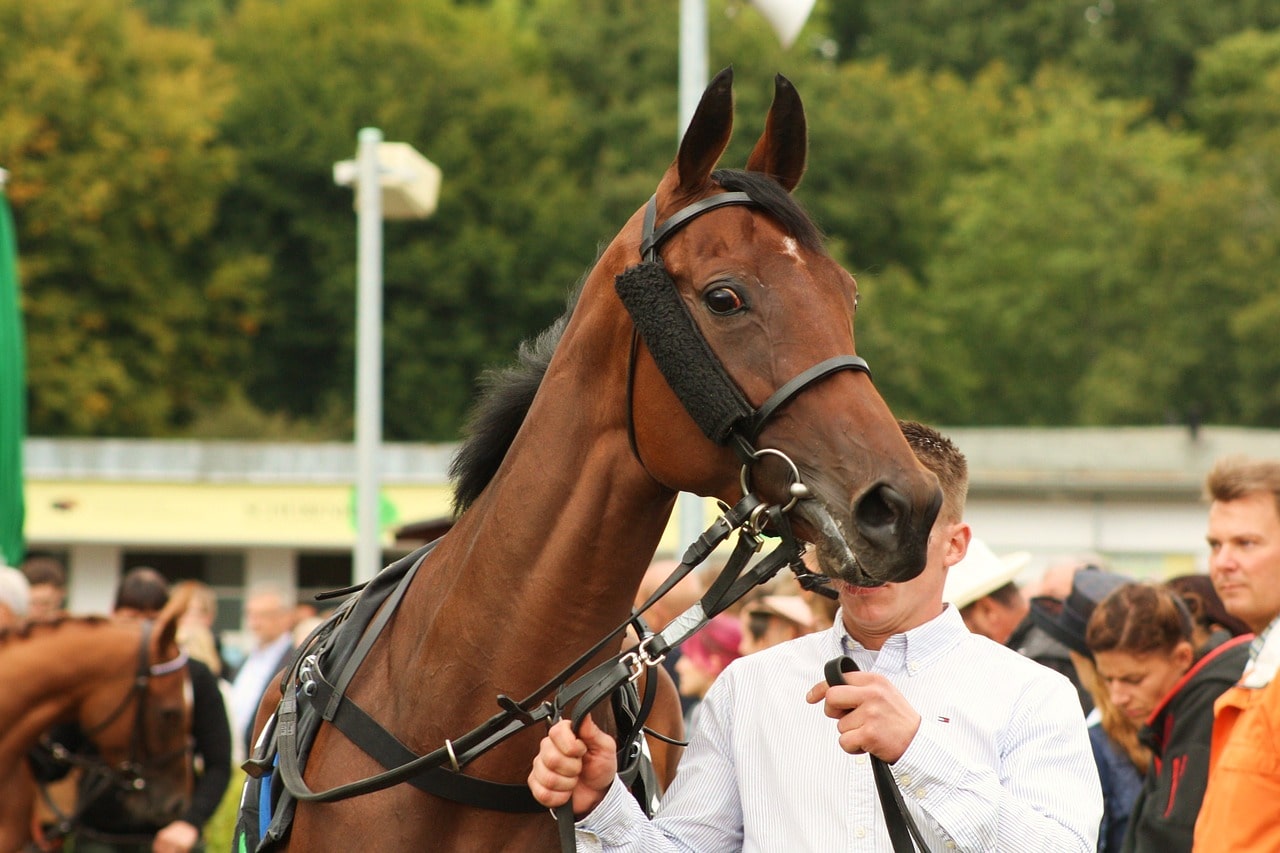
16. Horse only need to be fed hay
High-quality forage, whether in the form of pasture or hay, is essential to a healthy horse diet. That said, horses have other vitamin and mineral requirements that aren’t always met by hay alone. Manganese, vitamin E, iron, and salt are a few required nutrients.
Many horse owners feed their horses supplemental grain to meet these requirements, but they can also be met through vitamin supplements, ration balancers, and salt licks. How much supplemental nutrition they need depends on their lifestyle, workload, age, and condition.
17. Black hooves are stronger than white hooves
This is an old wives’ tale that has been passed down through generations of horse owners, but research has shown that there is no truth to it whatsoever. In short, don’t pass on a horse because they have white hooves!
The hoof structure of a horse is the same from animal to animal, no matter the color. The strength of a horse can be determined through their diet, exercise routine, farrier schedule, and bloodline, but color has no influence!
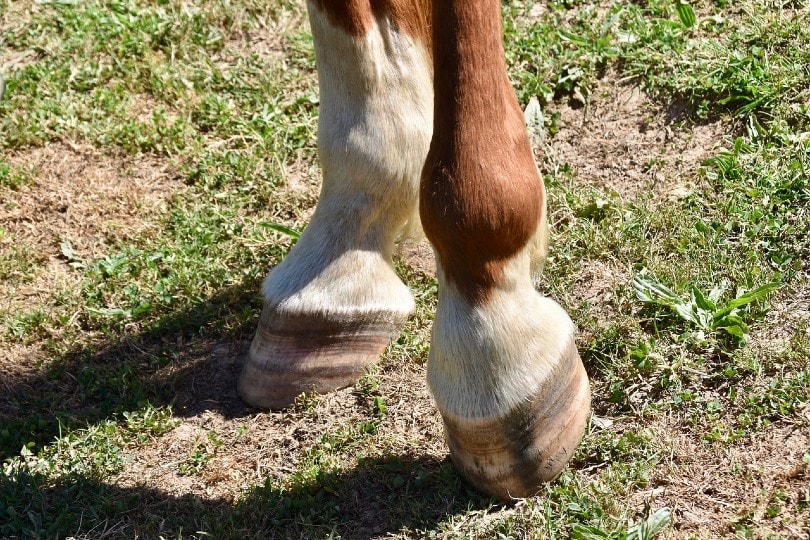
18. Don’t walk behind a horse
This is probably helpful advice for non-equestrians or beginner riders, but it doesn’t necessarily apply to experienced horse people. Using caution when walking behind a horse is always advised, as they can kick. But there are several reasons that you might need to stand behind a horse, including driving, long lining, grooming their tail, or simply walking around to the other side.
19. Any horse can succeed in any discipline
While there absolutely are exceptions, you may have noticed that many disciplines are dominated by certain horse breeds. Racehorses are often Thoroughbreds, rodeo horses are often Quarter Horses, and horse jumpers frequently use Warmbloods. Different breeds are built to do different things, so if you’re looking to compete at a high level, you’ll need a horse bred for the sport that you’re in.
That said, most horses can be decent at and enjoy a variety of sports. If you’re planning on just having fun, there’s no reason that you can’t jump your Quarter Horse; they just aren’t likely to reach high levels within the sport.
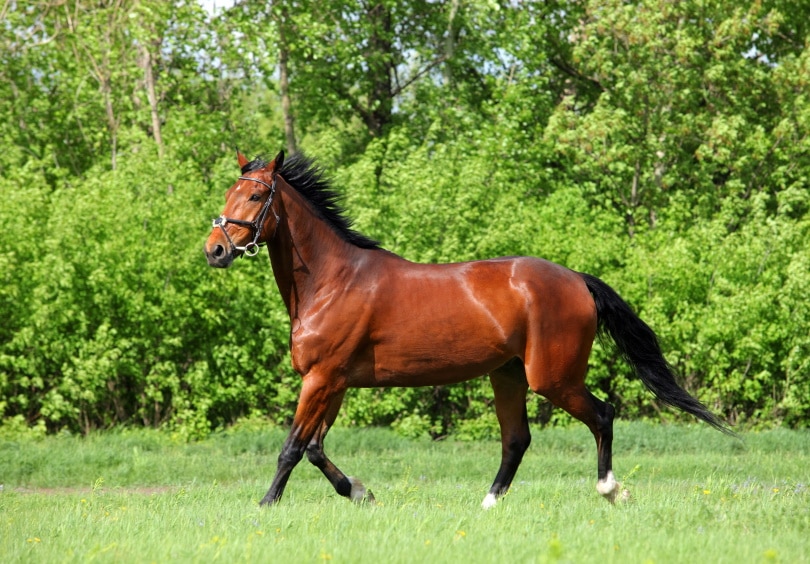
Conclusion
Whether you’re an equestrian or not, a few of these horse myths and misconceptions might have shocked you! While we once had to rely on information passed down from previous generations, research is now available to prove and disprove things that we once thought to be true. So before spreading another myth, check your facts!
You Might Also Be Interested In:
- Do Horses Need Salt? Are Mineral or Sand Blocks a Good Source?
- How Much Do Horse Chiropractors Make? Average & Max Wages
- Do Horses Cry Tears? Vet Reviewed Facts & FAQ
Featured Image Credit: Alexia Khruscheva, Shutterstock








